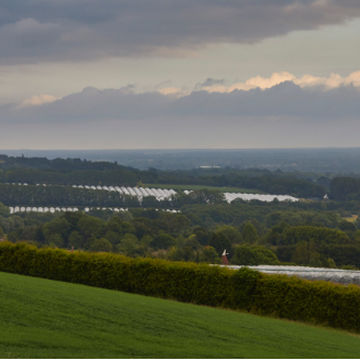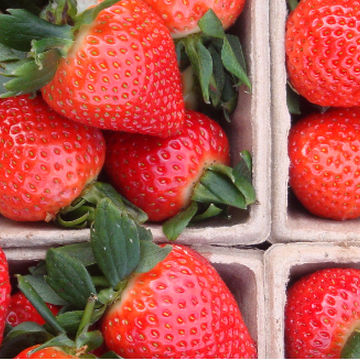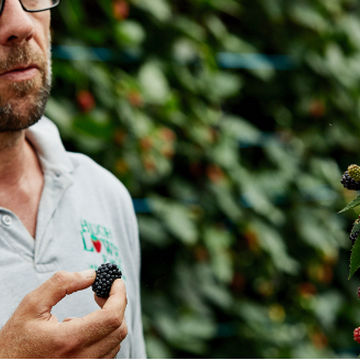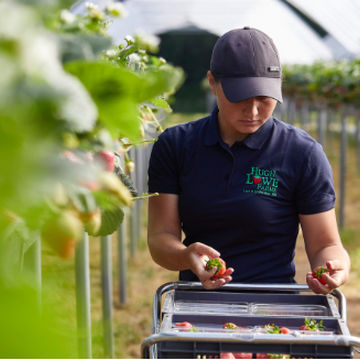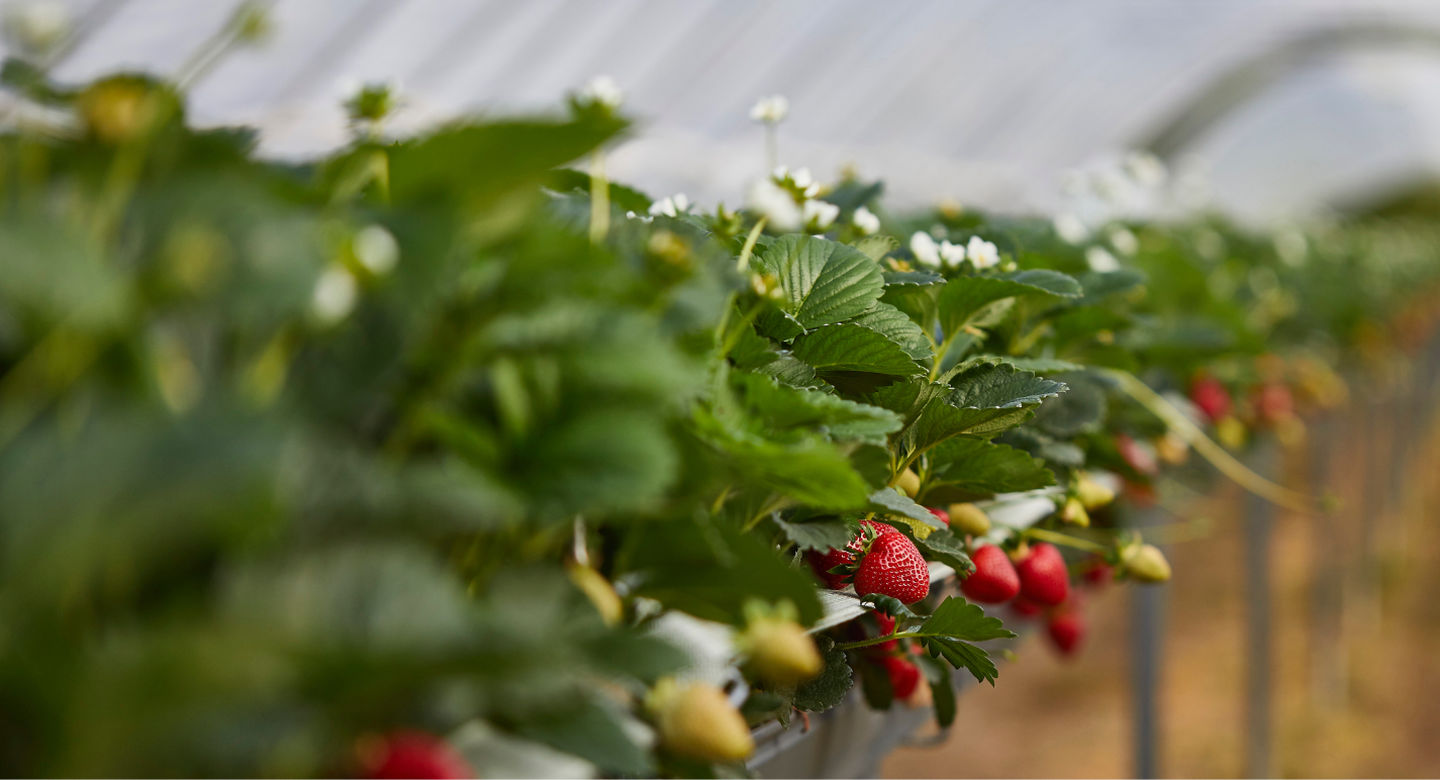
We are farming for a fruitful future
Interested in our jobs?
Find out moreWe Grow Berries
Strawberries, raspberries and blackberries flourish on our farms and glasshouses in Kent, the Garden of England. We are using 125 years of experience wedded to the latest sustainable technologies to grow fantastic fruits in an often surprising way.
Our story
Marion Regan
Managing Director
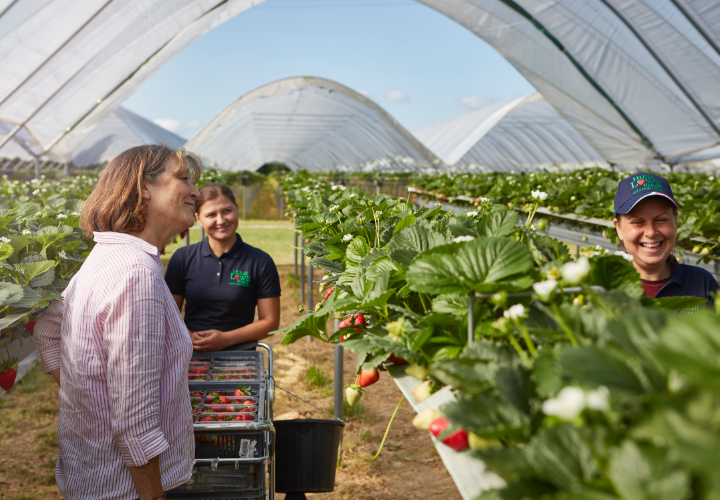
It's a Wild Science
We harness nature to grow our berries, as natural sunlight and rainfall is captured to warm, feed and water our plants. We encourage wild bees and other pollinators to flourish on the farm so they visit our flowers, and we nurture native beneficial insects to live in our crops to protect our plants from pest attack.
All while using cutting edge technology to ensure each plant and developing berry gets what it needs at each stage of its life from planting to picking.
How we grow
We harness nature to grow our berries in an often surprising way
Grown for flavour
It is said supermarket berries have to survive ‘three bounces’ - but we’re fixing that with berries bred and grown for flavour, juiciness and wholesome freshness. Everything we do is focused on consistent quality, with our berries grown, picked and packed right here on the farm and delivered straight away to our customers.
These range from enlightened multiple retailers with demanding standards to specialist fruit salespeople who supply top end restaurants. We also sell to local farm shops and neighbours who come to our farm gate. We are proud to have supplied all the strawberries to the Wimbledon Championships, for over 25 years.
about our fruit
Sharing the Garden of England
We share our farm with nature, crops, and other people. Environmental sustainability is central to all we do. That’s why we believe in sharing and sparing land for nature.
We share by encouraging beneficial insects such as bees to come into our crops for pollination and pest control. We share by looking after our soils so they are rich in organic matter and earthworms. But we also spare land for nature: only 1/3 of the farm grows berries.
The rest is divided between arable crops (grains, beans, and oilseeds) and land managed for wildlife. This land is under meadows, woodland, hedgerows, field margins and specialist environmental seed and flower mixes.
Find out more
